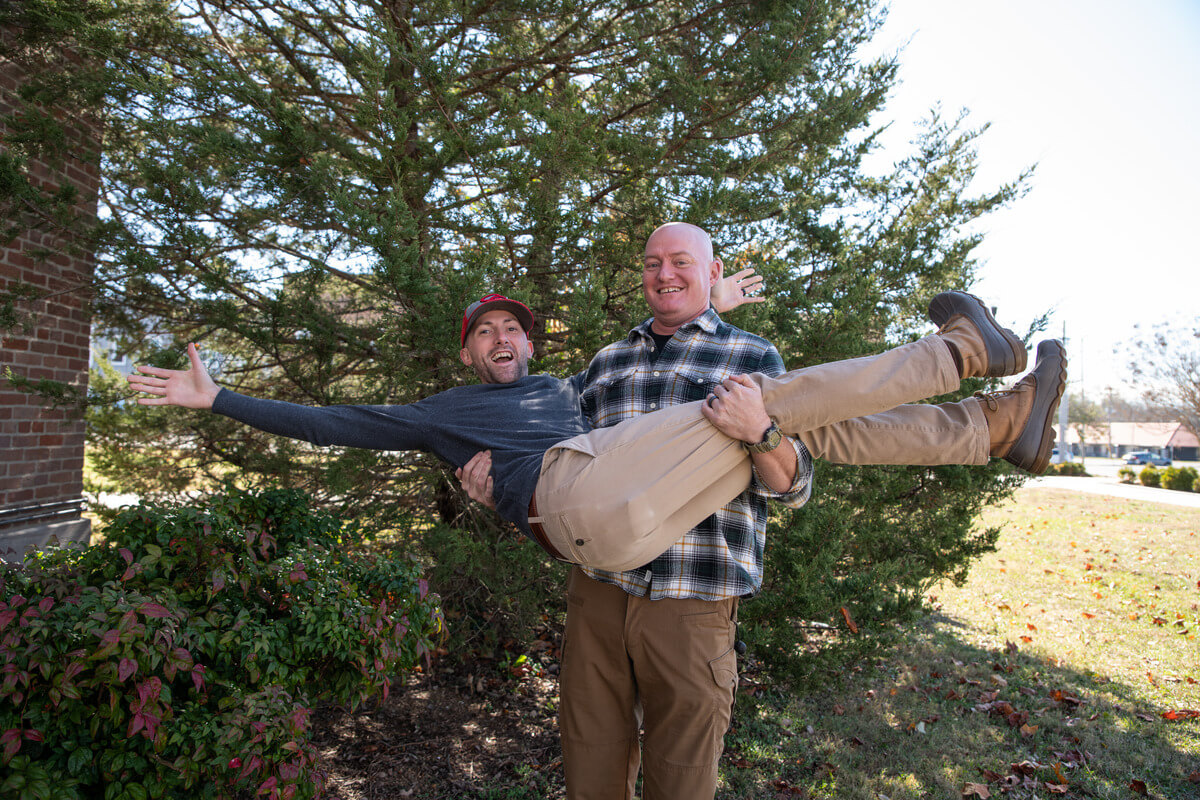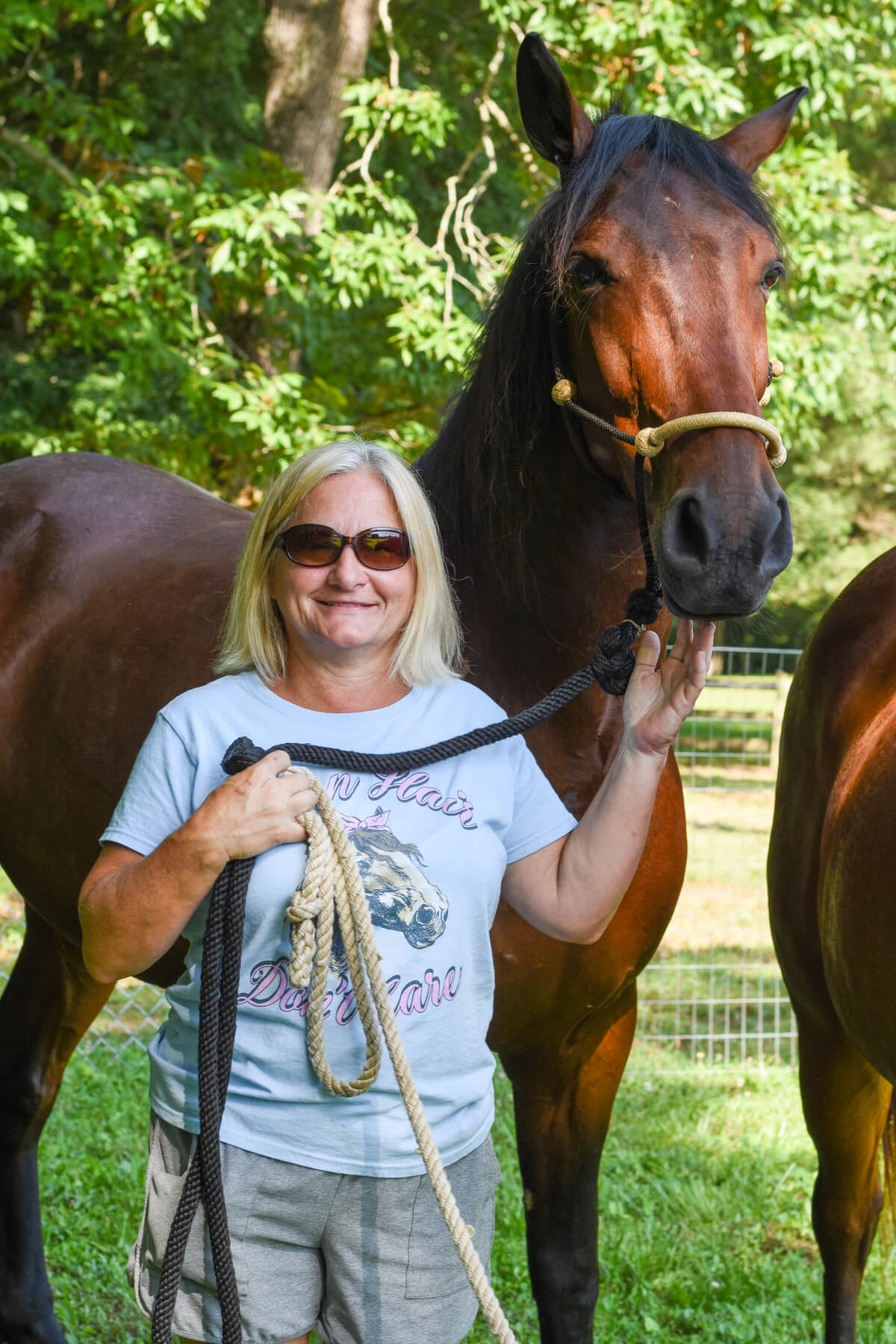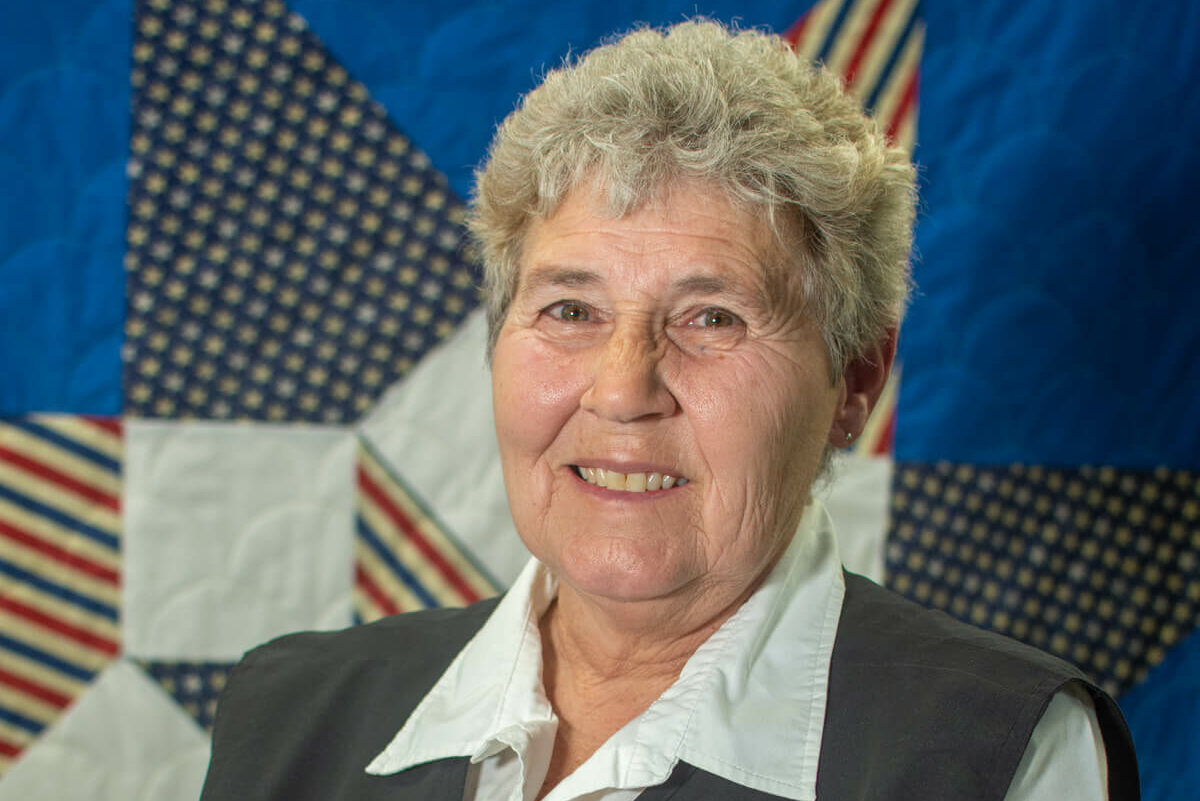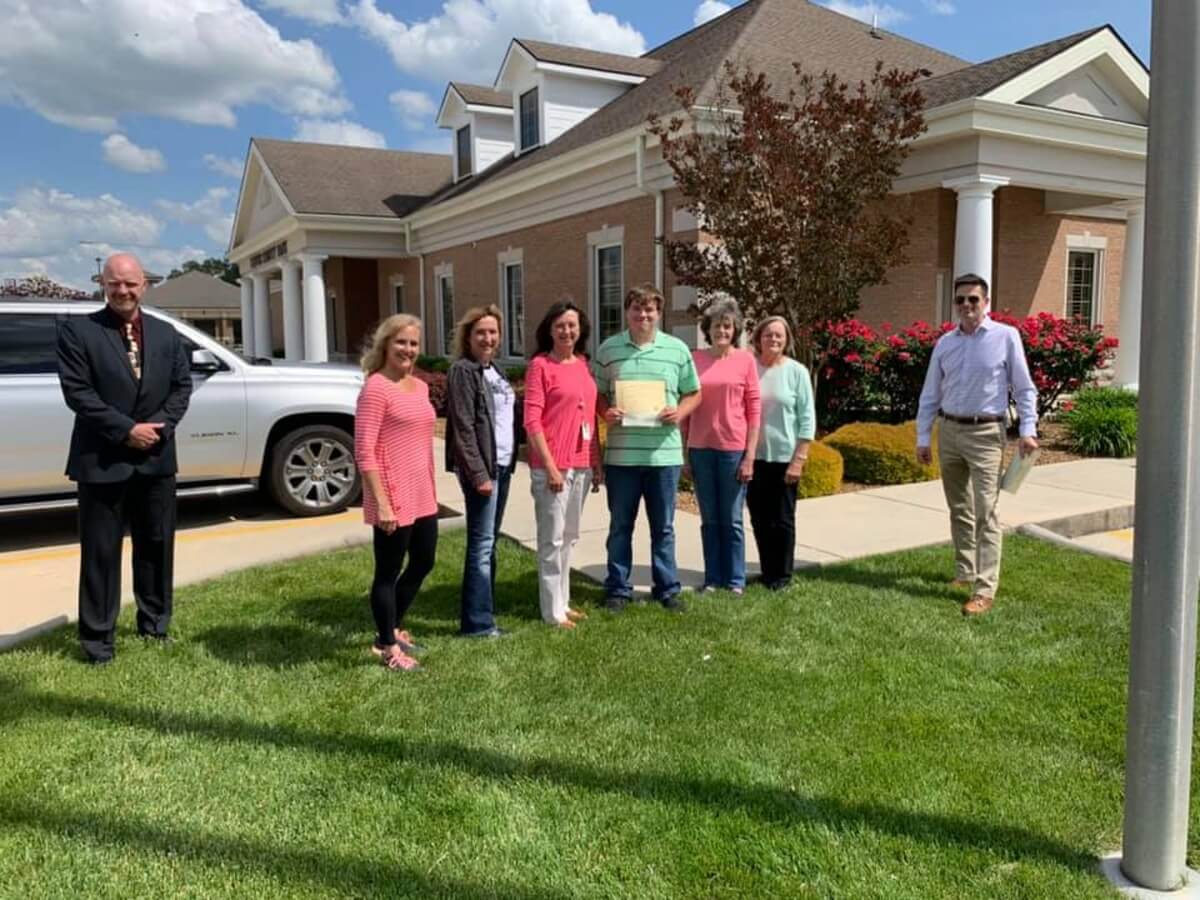A PEACEFUL WALK amongst the rolling hills, a visit to the fresh springs, or an invigorating hike through the beautiful May Prairie State Natural Area with loved ones might be what you need to refresh your mind and rejuvenate your body this summer.
May Prairie, near Manchester, in Coffee County, is a 492-acre natural area full of outdoor entertainment. It features an open grassland boasting a Little Bluestem community and Tallgrass prairie with occasional wet depressions holding sedge meadows.
In late summer, visitors might find many sunflower species, including the rare Southern Dock and two species of Blazing Star (Liatris spicata and L. microcephala).
Murray Gheesling, a stewardship ecologist at the Tennessee Division of Natural Areas (TDNA), is a nature enthusiast constantly seeking new experiences. He possesses a wealth of information on plants and the natural world and can provide insightful answers to any questions concerning the natural world.
Growing up in Marrieta, Georgia, Gheesling spent much of his time playing in a little woodland area behind his family home. His childhood experiences would later shape his feelings about nature and land conservation.

“I was always in the woods. And it was probably just like a narrow strip of a few acres, but it seemed like a vast forest when you’re a kid.”
Gheesling explained that he and his family moved out of the house, and the woodland is now a subdivision, replaced by homes and lawns, and he said this transition shifted his perspective.
“The loss of that illustrated to me the importance of conserving special wild places.”
As an adult, he uses his career path to focus on native species conservation.
Gheesling worked as a state park ranger with the Tennessee Department of Environment and Conservation for 17 years. He has worked in his current role with TDNA for four years and said he is proud to be a part of such an intelligent team and enjoys learning from them.

He settled in Manchester with his wife and two kids because of its proximity to his wife’s job in McMinnville. At the time, he worked at South Cumberland State Park in Savage Gulf.
“We found a good mix of rural in a variety of amenities. And I quickly found out what a special place it is for plant biodiversity.”
As a stewardship ecologist, he helps develop resource management plans for the state’s natural areas, with its rare plant species or ecosystem types.
TDNA workers use a variety of techniques, including prescribed fires to simulate natural occurrences of fire on the landscape, battling invasive species, spot spraying the area with herbicide in the summer, using mechanical tools like saws and trimmers to improve the landscape, fighting off exotic invasive, and native species.

They also maintain trails and public access, implement restoration work grants, and do outreach programs and other activities.
Gheesling finds May Prairie a special place for many reasons — one being its history.
“May Prairie is special because it is a rare remnant of the past, especially because of the rare plants there. That’s why it’s a state natural area.”
TDNA management focuses on the May Prairie because it contains rare and disjunct plant species. Many of these are known as coastal plains species, usually found in states like Georgia, Alabama, and Mississippi, but some species are specific to Coffee County.

Gheesling said one of his favorite flowers is the drosera intermedia or spoon-leaved sundew. The exotic plant that has a reddish-green color uses small insects as a supplement to the nutrients it gets from the soil. It’s a carnivorous plant found in Tennessee.
Gheesling expressed that in an increasingly separated society, it is essential to stay connected to the nature around us.
“It is important to physically be connected with the natural community that you are in. It’s a very important element of what makes the place special.”
He continued by saying even people who cannot participate in activities like hiking can learn about unique plants or how the systems of nature work in your area.
“This, in turn, helps protect the natural heritage for future generations.”
Gheesling said he wants visitors to know that May Prairie is a wetland, so visitors can expect to get their feet wet, except under arid conditions.
It’s a pleasant, fairly open, easily walkable oak woodland that does not contain established trails, but this does not detract from some of its most valuable features.
From delicate wildflower blossoms to fascinating wildlife, there is something everyone can enjoy. Whether it’s a peaceful walk among nature or an invigorating hike, May Prairie State Natural Area provides an unforgettable experience that will last long after your visit.
Remember the friendly staff and park rangers who are always available to guide you through such an enchanting oasis. GN




















































































































